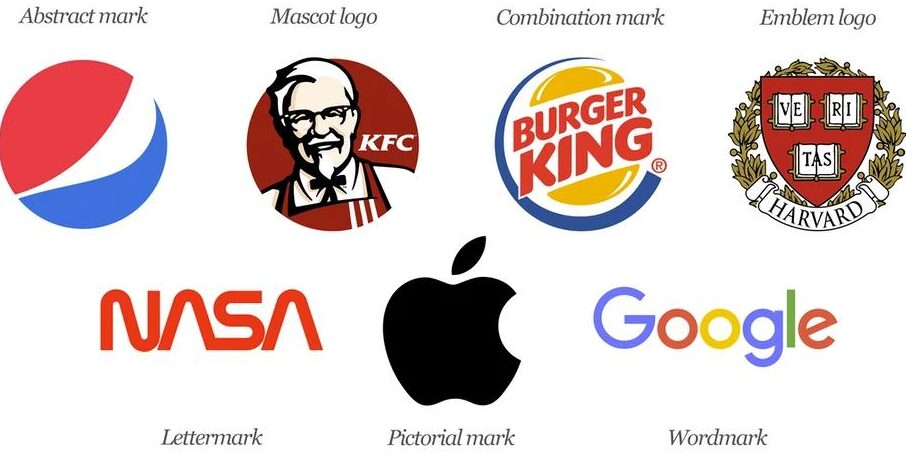Creating an eye-catching logo is essential for establishing a strong brand identity. A logo is often the first impression customers have of a company, so it needs to be memorable and visually appealing. Here’s a beginner’s guide to help you design an effective and attractive logo.
1. Understand Your Brand
Before you start designing, it’s crucial to understand what your brand represents. Ask yourself:
- What are the core values of your brand?
- Who is your target audience?
- What message do you want your logo to convey?
Understanding these elements will guide your design process and ensure your logo aligns with your brand’s identity.
2. Research and Inspiration
Look at the logos of successful companies in your industry. Analyze what makes them effective and think about how you can incorporate similar elements into your design. You can also browse through logo design websites and design portfolios for inspiration.
3. Choose the Right Style
Logos come in various styles, each conveying a different feel:
- Classic: Timeless and elegant, often using serif fonts and traditional color schemes.
- Modern: Clean and minimalistic, with sans-serif fonts and simple graphics.
- Playful: Fun and colorful, often using quirky fonts and illustrations.
- Handcrafted: Personalized and unique, with custom illustrations and hand-drawn elements.
Choose a style that best represents your brand’s personality.
4. Select Appropriate Colors
Colors play a significant role in how your logo is perceived. Different colors evoke different emotions:
- Red: Excitement, passion, and energy.
- Blue: Trust, professionalism, and calmness.
- Green: Growth, health, and tranquility.
- Yellow: Happiness, optimism, and creativity.
Use a color wheel to create a harmonious color palette that reflects your brand’s identity.
5. Pick the Right Font
The font you choose for your logo should be legible and appropriate for your brand. Consider the following types:
- Serif fonts: Traditional and professional.
- Sans-serif fonts: Modern and clean.
- Script fonts: Elegant and sophisticated.
- Display fonts: Unique and decorative.
Ensure the font complements the overall design and is readable at various sizes.
6. Create a Simple Design
Simplicity is key when it comes to logo design. A simple logo is more versatile and easier to recognize. Avoid overcrowding your logo with too many details. Focus on one or two key elements that represent your brand.
7. Make It Scalable
Your logo should look good at any size, from a business card to a billboard. Test your design at different scales to ensure it remains clear and effective. A vector-based design tool, like Adobe Illustrator, can help you create a scalable logo.
8. Get Feedback
Once you have a few design concepts, seek feedback from others. Show your logos to colleagues, friends, and potential customers. Their input can provide valuable insights and help you refine your design.
9. Finalize and Save
After incorporating feedback, finalize your design. Save your logo in multiple formats (e.g., PNG, JPEG, SVG) to ensure it’s ready for various applications, from digital platforms to printed materials.
10. Use Your Logo Consistently
Consistency is crucial for building brand recognition. Use your logo consistently across all your marketing materials, including your website, social media profiles, and business cards.
By following these steps, you can create an eye-catching logo that effectively represents your brand and leaves a lasting impression on your audience. Happy designing!




